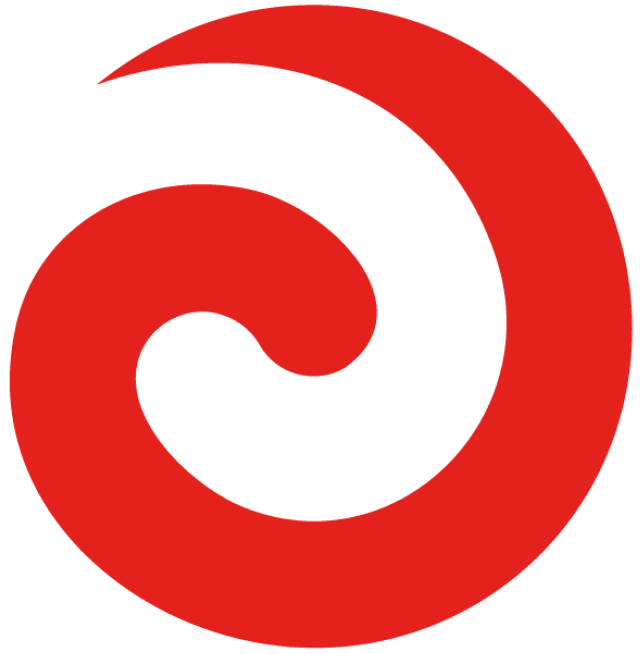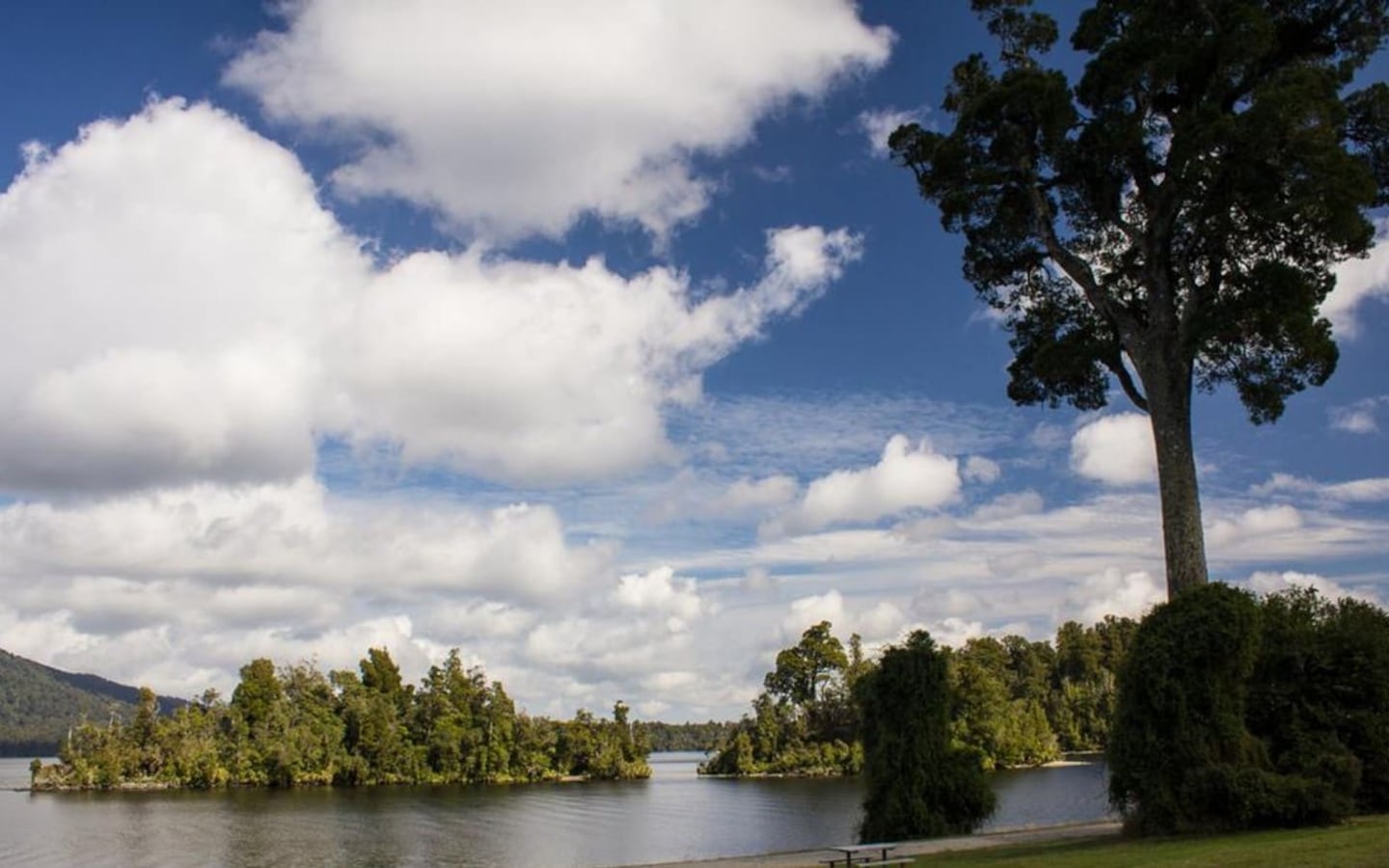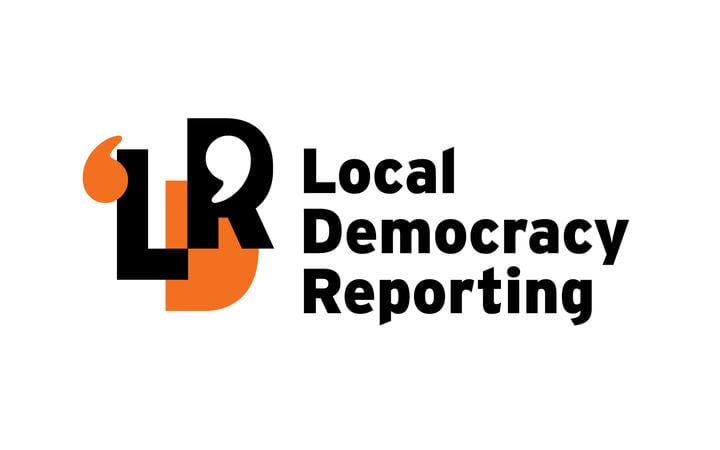West Coast Regional Councillors and iwi uneasy about water quality in Lake Kaniere are relieved it has so far shown no sign of pollution from increasing subdivision nearby.
The deep, glacial lake south of Hokitika is the source of the town’s water supply.
The prospect of contamination from septic tanks was raised earlier this year by the council’s Management chair Brett Cummings.
And iwi rep Jackie Douglas (Ngati Maahaki, Makaawhio) asked if the council had any reports on Kaniere, given growing development in the area.
Council staff who monitor the lake for invasive weeds and for E. coli in the swimming season have reported bacteria levels rising sometimes after heavy rain.
But a recent survey carried out at the councillors’ request has shown Lake Kaniere is in good health, Environmental Science manager Shanti Morgan told the July meeting of the council’s Resource Management committee.
“We identified some areas where we want to do some more intensive sample monitoring to track the influence of increased development around certain parts of the lake. We can provide that to you in the quarterly update.“
Ms Douglas said she had gone out on Lake Kaniere with council staff when they sampled the water at key points and was happy with the results.
“We had a really good look at Hans Bay and Sunny Bight…the science team is able to follow up to ensure we don’t see problems in the future or they can be easily identified.”
Buller councillor Chris Coll said he was fascinated to hear that the water quality was unaffected.
“What happens if it starts to change? With the town water supply coming from there, if E.coli started showing up, how would you reverse it? “ he asked.
Cr Cummings said that had been a problem at Punakaiki when run-off from an old septic tank was putting E. coli into the lagoon.
“They traced it back and found out what was going on – it’s important to monitor, though Lake Kaniere is a whole lot bigger than Punakaiki lagoon,” he said.
Ms Morgan said the council’s compliance team could check out any issues with septic tanks but the Westland District Council was also monitoring the water independently, under the (national ) drinking water guidelines.
Westland mayor Helen Lash told LDR the council was very much aware of the new subdivision activity in the hills around Lake Kaniere and was considering the potential risks.
“It’s causing a bit of angst; more sections are appearing and it has been brought to our notice. Once you have an issue, how do you clean it up? ”
The council might have to bring in additional testing, to be sure the water quality was beyond reproach, Mrs Lash said.
“All our water supplies are chlorinated, so there is a safeguard there, but we need to keep a close eye out for possible incremental effects and be sure the new septic systems are all top quality. Though it’s more likely any problems would stem from the old ones. “
The Regional Council monitors West Coast lakes along with DOC and Manawa Energy, as part of its obligations under the National Policy Statement on freshwater, using submerged plant life as a health indicator.
The surveillance programme detects invasive aquatic weeds but the report tabled this month shows mainly native vegetation in Lake Kaniere, with no signs of deterioration in its ecology.




